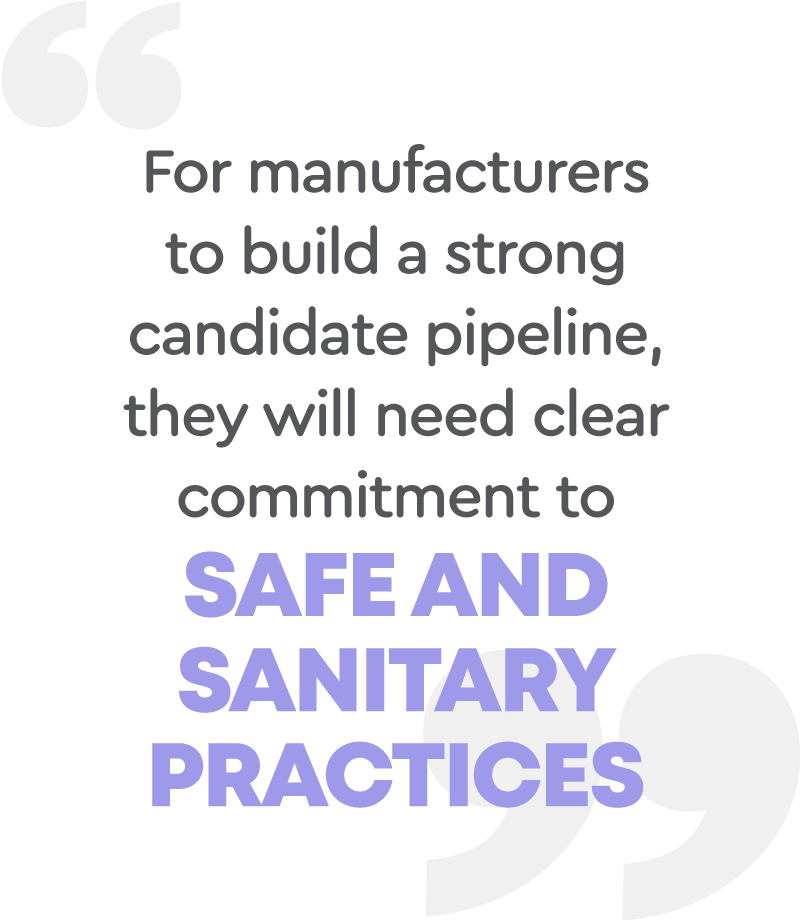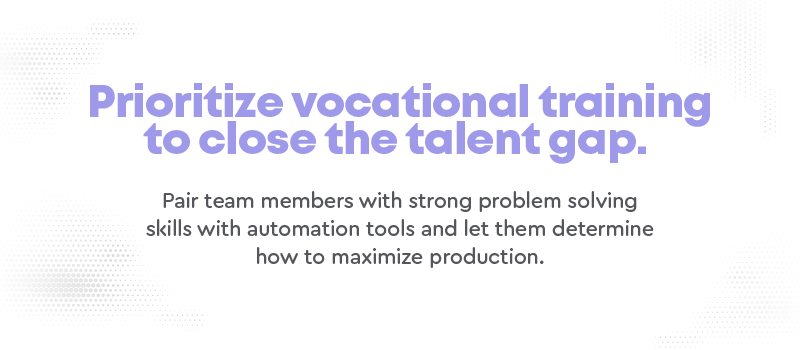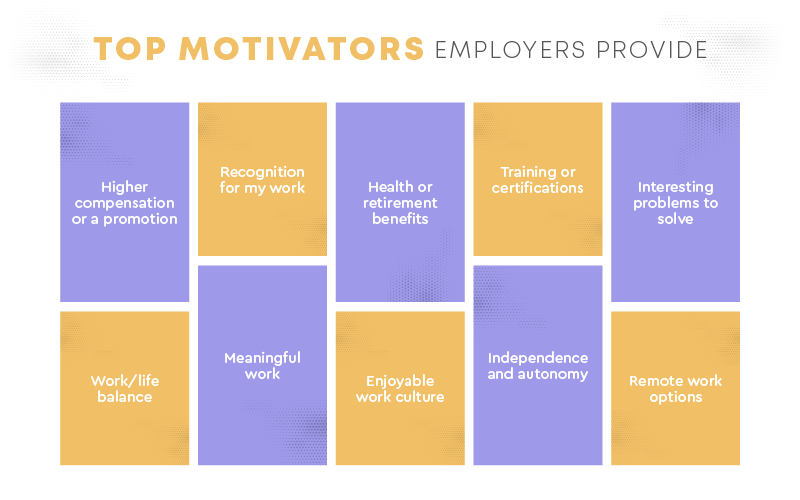3 Hiring Best Practices for Manufacturers for 2021 & Beyond

Manufacturing has already begun to rebound from the worst of the COVID-19 pandemic. Industrial capacity utilization reached 71.5% in September of 2020 rising gradually after a low of 64.1% in April. Even as businesses struggled with lockdowns and supply chain interruptions, companies that made paper products, hand sanitizers, disinfectants, and consumer technology had a 30% spike in demand.
Despite that, for manufacturers to thrive under the evolving market conditions, they’ll need to look at their hiring practices and how that fits best with 2021’s manufacturing industry forecast.
We’re here to help with manufacturing hiring challenges so here are our three best practices for manufacturers to hire and build a successful workforce right now:
1. Shift Your Hiring Mindset – Hire for Culture, Not Skill Alone
With supply chain interruptions, more manufacturers reconsidered localization as part of their global strategy in 2020 than ever before. This drove an even deeper discussion about bringing manufacturing back to the US, a practice the industry has dubbed reshoring. For example, Omar Asali, the CEO of Ranpak Holdings Corporation, shared the challenges of even finding US based hires with manufacturing expertise (in his specific case, machine operators).
It’s not that skilled manufacturing workers don’t exist in the US, however the experienced manufacturing labor force slowed down as offshoring became a consistent late 20th century trend. Asali’s answer (and one we recommend)? Prioritize vocational training to close the talent gap. Pair team members with strong problem solving skills with automation tools and let them determine how to maximize production. That means, hiring manufacturing experts with a strong culture fit and train them, and setting aside stringent and difficult to find skill sets. This will hopefully help keep you from derailing your deadlines and helps you find a few ideal team players.
Not sure how to find candidates with upskill potential? Here are a few tips.

2. Appeal to a New Workforce – With Different Motivators
As automation, digitalization, predictive analytics, and IoT tech takes over the manufacturing sector, the skill sets needed in manufacturing workers have also changed. For manufacturers, the impact of the pandemic pushed that need for tech skills into overdrive.
The World Economic Forum expects a surge in automation across all industries. This has the potential to create 97 million jobs, if businesses and governments readjust to this disruption. But… those jobs will require skills that may not be present at the volume needed in the workforce today.
Retraining and upskilling your labor force will be key to your success. And… making sure your recruiters know how to find different types of talent is what will ensure you don’t get left behind in the wave of competition coming for this workforce.
Your recruiters will still hire for some traditional blue-collar positions (and if you need some tips on reaching some of these folks– here’s a quick article), but more than ever before they will also be looking at IT professionals, people who receive a lot more unsolicited opportunities. So, your recruiters will need to appeal to new motivators to snag the best people for the job.
Top motivators for a new workforce:
- 53% of employers provide work-life balance
- 48% of employers provide an enjoyable work culture
- 47% of employers provide remote work options

3. Showcase Your Pledge to Safety – Interview Safely
One trend that will live long past this year is the preoccupation with workforce safety and sanitation. This has always been an area of focus for manufacturers but the pandemic enhanced the need to make this part of your hiring best practices and a pitch to hire new workers.
The Biden Administration’s Executive Order on Protecting Worker Health and Safety indicates likely revisions to workplace guidance, temporary COVID-19 standards, and unemployment options for refusing unsafe work conditions. More importantly, 50% of employees are worried about workplace exposure at the height of the pandemic and these fears aren’t going away anytime soon.
For manufacturers to build a strong candidate pipeline, they will need clear commitment to safe and sanitary practices from initial contact to onboarding and daily operations. One common mistake is to not use remote hiring tools for interviews and remote interviewing software like live and on demand video interviews increase candidate interest by 81%, while also keeping potential future employees safe.
You’ll need to master virtual interviewing whenever possible to meet your candidates where they will feel safe and secure. After all, how you hire and who you hire will be the difference between those companies that embrace the future, finding success, and those that fall behind.
Start Building Your Skilled Manufacturing Talent Pipeline
We’d like to help you find skilled candidates and build on your manufacturing recruiting pipeline. We will not only teach you how to use our remote interviewing platform, but also share hiring best practices of companies like Coca-Cola Consolidated and WD-40 who have been successful for years using interviewstream.
Set up time to talk to an expert today and learn how interviewstream can help you win the war for skilled talent in manufacturing now and for years to come.
After all…demand for toilet paper and hand sanitizer is not slowing down, and interviewstream wants to make sure you are always prepared to meet the demand that the market dictates – no matter how extreme future shifts turn out to be.
About The Author
Drew Whitehurst is the Director of Marketing, RevOps, and Product Strategy at interviewstream. He's been with the company since 2014 working in client services and marketing. He is an analytical thinker, coffee enthusiast, and hobbyist at heart.
